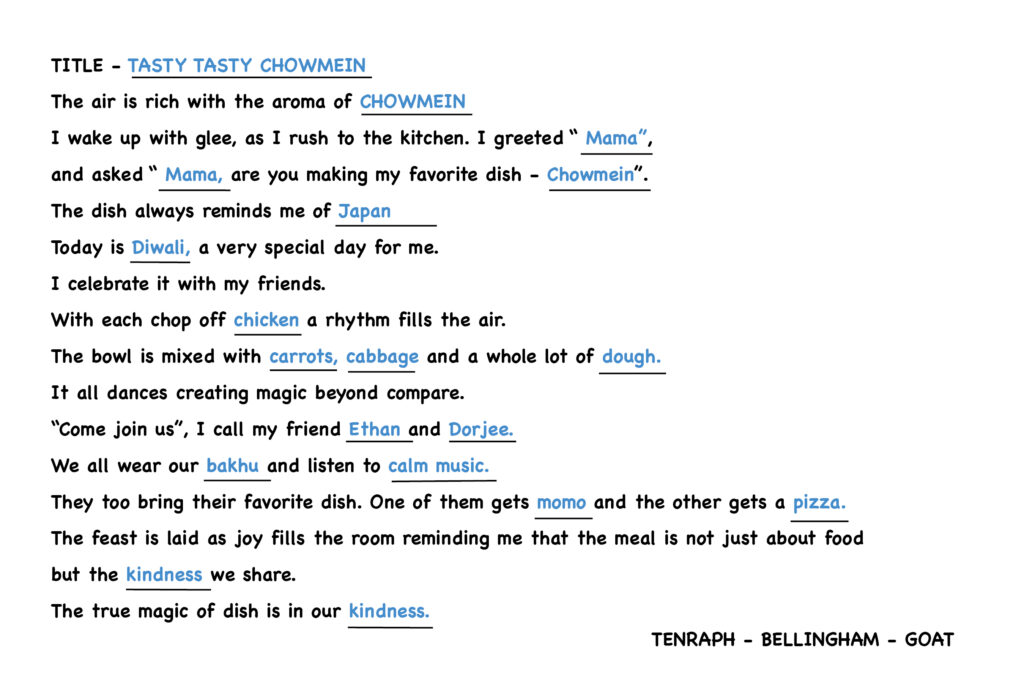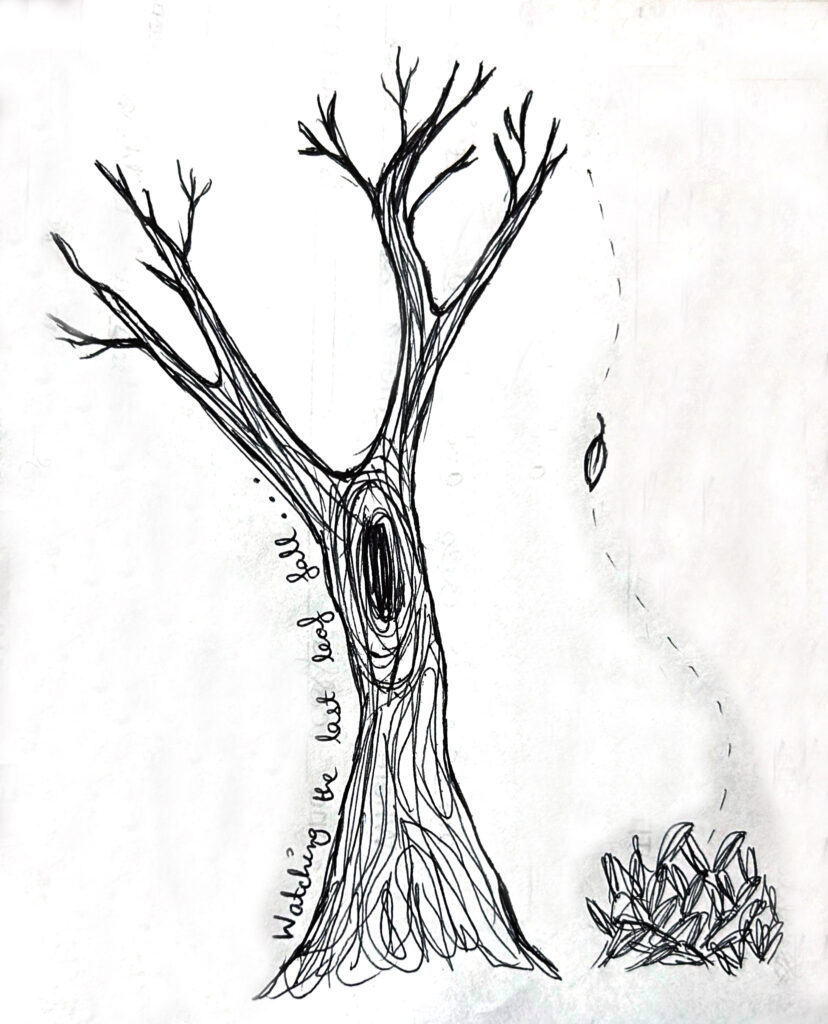ELEPHANT TALES IS AN EFFORT TO USE STORYTELLING AS A TOOL TO EXPRESS THEIR CULTURE WHILE FOSTERING RESPECT FOR DIVERSE CULTURES THROUGH THE PROCESS OF SELF REFLECTION AND CREATIVITY. IN ELEPHANT TALES, CHILDREN ARE NOT JUST READERS BUT THEY BECOME ACTIVE CREATORS WEAVING THEIR OWN PERSPECTIVE AND BUILDING NEW NARRATIVES AND SHARING WITH THE COMMUNITY. THE PLATFORM IS DESIGNED TO ENCOURAGE SELF REFLECTION, CULTURAL PRIDE AND A DEEP APPRECIATION FOR DIVERSITY.
HOW IT WORKS?
Elephant tales begins with a simple concept: every child receives an unfinished story – a framework with blanks that prompt them to fill in details based on their own identity, culture and lived experiences. This “fill in the blanks” approach invites them to reflect on who they are and how their background shapes their perspectives. Rather than passively consuming a narrative, young storytellers bring each story to life with unique interpretations. The narrative framework, once singular, blossoms into countless variations, each colored by the storyteller’s personal lens.

Children also illustrate these stories, adding another layer of personal expression. They may choose to illustrate the narratives in full or in part, using drawings that reflect the cultural symbols, family traditions or elements from daily life. These illustrated stories are digitally uploaded on the Elephant Tales’ platform, where a whole world of stories awaits.

Illustrated by Tenzing Pragyaan Choeraph – Grade 5



On the platform, children can browse through other stories, experiencing narratives shaped by perspectives that are different from their own. Each story offers a window into the storyteller’s world – what it means to them, shaped by the culture, values and experiences that defines their identity. Readers can leave comments, fostering a supportive environment that builds community and encourages open discussion about each other’s cultures and traditions.

LEARNING OUTCOME
The core educational goal of elephant tales is for every child to explore their own heritage, reflect deeply on their identity and get pride in who they are. At the same time, they are encouraged to respect and appreciate the backgrounds of others, learning to see the whole elephant rather than a single viewpoint.

LEARNING JOURNEY
This project journey has been a deeply reflective process, pushing me to continuously examine the work I was doing from multiple angles. Typically, when we immerse ourselves in a project, we operate within a bubble of our own ideas and research focusing on our immediate vision. However, this project required a more deliberate effort to step back and view my project objectively. Through regular journaling and invaluable feedback from our teaching fellows, I was encouraged to reflect on how I was applying my knowledge – from class readings, discussions, and beyond within my project. The TFs’ insightful questions often challenged my assumptions, prompting me to think more critically about my approach and align it with principles of learning design. This kind of structure reflection encouraged me to consider whether the design choices I was making to support the learning goals I intended. This collaborative environment fostered are reached understanding of learning design as I could see firsthand how different methodologies ideas and feedback shape the way we each approach our work.



